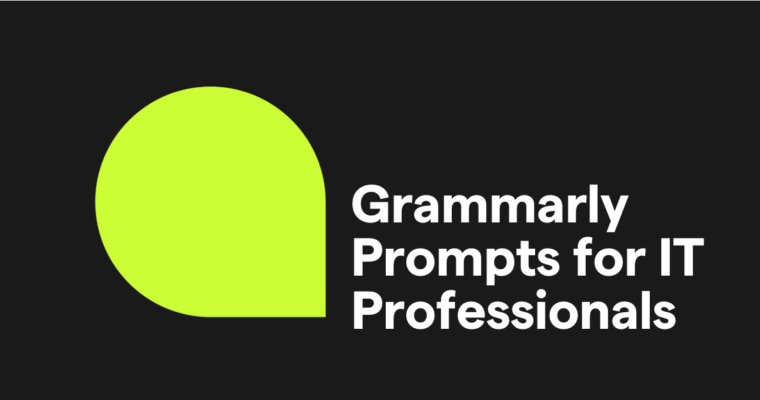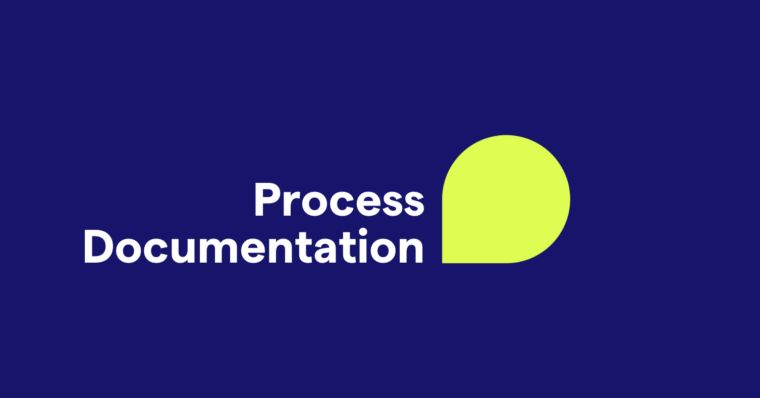
Have you ever sat through a meeting that you didn’t need to be in? Or maybe you’ve seen a meeting run late because the time was mismanaged. Surely, there must be a way to prevent runaway meetings!
There is. It’s called a meeting agenda. A meeting agenda is an outline that dictates what a meeting is about and the timeline that the meeting will follow. A meeting agenda is meant to keep meetings on topic, efficient, and goal-oriented.
Whether you’re a team leader at a startup, an organizer at a nonprofit, or an executive on the board of your company, you need to know how to write an effective meeting agenda. If you’ve ever wondered how to get out of a meeting, this is for you. Read on for our step-by-step guide to writing a meeting agenda, with examples included.
What is a meeting agenda?
A meeting agenda is an outline of what will occur during a meeting. This might include topics, goals, a timeline, designated speakers, supporting documents, and talking points. A meeting agenda is usually shared with participants before the meeting so they can prepare.
If you’ve ever thought that maybe you could’ve used asynchronous communication instead of a meeting, you probably want to brush up on how to write an agenda. Meeting agendas are significant tools before, during, and after a meeting.
A meeting agenda can be used before a meeting to set expectations and prepare. During a meeting, an agenda creates structure, saves time, and maintains focus. After a meeting, an agenda can be used to recap the meeting or to draft the minutes.
Here are some benefits of using a meeting agenda:
- It gives the meeting a clear purpose.
- It helps you stay on track.
- It defines responsibilities.
- Its structure allows you to manage your time efficiently.
- It ensures essential topics are covered.
- Creating one clarifies expectations and responsibilities.
- It reduces wasted time.
- Sending the agenda in advance prepares participants.
Some experts suggest that meeting agendas should be used for every meeting, while others recommend using them only for formal meetings. If you want to save time, stay on track, or accomplish a specific goal during a meeting, an agenda is a great tool for achieving that.
What should be included in a meeting agenda?
A meeting agenda should clearly state the purpose of the meeting. Some meeting agendas may be more detailed than others. For example, not all meetings need time allotments for topics or supporting documents. However, the more detailed an agenda, the easier it is to stay on topic.
An excellent meeting agenda includes the following:
- The theme of the meeting
- Meeting goals
- A list of topics
- Estimated time allotments for each topic
- Supporting documents
- Time for free discussion
- A final overview
5 steps to writing a meeting agenda
An effective agenda will consider all the attendees, the goals you want to achieve, and the time you’ve allotted for the meeting. Here’s how to write a meeting agenda in five steps to have an effective and efficient meeting.
1 Focus on one theme
Before you begin writing your meeting agenda, take a moment to consider what you want out of the meeting. What are your goals? What’s the theme of this meeting? Define the type of meeting.
Having a theme and specifying the type of meeting will help determine the focus of the meeting, which will allow attendees to prepare. Your goals should describe what you want to accomplish during the meeting.
Here are some common meeting types:
- Team meeting—a discussion about a project’s status, resolving any issues, and scheduling important deadlines.
- Board meeting—a formal discussion of business matters.
- Executive session—a meeting to clarify needs for board meetings.
- Project kickoff meeting—a presentation of new project objectives, deliverables, and timelines.
- Brainstorming meeting—a collaboration on new ideas.
- Feedback meeting—structured time for constructive feedback.
- Agile meeting—a focused meeting for sprint reviews, project overviews, and feedback debriefs.
- Scrum meeting—sprint planning, stand-ups, product-backlog refinement, or sprint reviews in a scrum format.
- Retrospective meeting—a post-project feedback session.
- Onboarding meeting—a group meeting for new-hire orientation.
- Committee meeting—a subgroup within a company or team that tackles a specific project or issue.
2 Decide on topics
Check in with your teammates, fellow board members, committee members, and any important stakeholders to find out if there’s anything they’d like to discuss during the meeting. Giving everyone a chance to talk ensures no one has to speak up too much to have their voice heard. Use the information you gathered from your stakeholders, goal setting, and meeting type to create a list of topics that need to be discussed during your meeting.
Ensure the topics are on theme for both the type of meeting you want to have and the goals you want to achieve. Be considerate of how many topics you can cover in the time you’ve allotted for the meeting. Don’t pack in too much!
3 Set time limits and leaders for each topic
To stay on track, it helps to set time limits for each topic you want to discuss. If the meeting orchestrator doesn’t plan to guide the conversation for each topic, then they should appoint a leader for each topic.
The leader will be responsible for directing the meeting for the duration of their topic, providing any relevant documents or slides, and ensuring the topic stays within the time limits set by the agenda. If you’re running the meeting, it helps to remind topic leaders to bring their necessary documents on the day of the meeting.
4 Consider necessary documents
Make a list of any necessary documents for the meeting. This could include presentation slides, data, project details, testing results, wireframes, prototypes, attendance sheets, or previous meeting minutes.
If someone else on your team needs to bring these documents to the meeting, be sure to let them know and include that information in the agenda.
5 Leave time for discussion and overview
Leave time at the end of the agenda for a brief overview and discussion. With a schedule, folks sometimes need time at the end of the meeting to ask questions. Additionally, if you were working toward a goal, it doesn’t hurt to go over what you covered during the meeting one more time.
If you’re hosting a weekly meeting, you may not need much time for this. Often, five minutes is enough for review at the end of a meeting. But if this is a meeting that meets monthly, or it’s about new information, you should leave ten to twenty minutes at the end of your meeting instead.
Meeting agenda example
Below, we’ve included an outline of a typical meeting agenda.
Meeting Title: Date: Place and Time: Meeting Lead: Members Present: Meeting Goal:
Status Report (10 minutes)
Allow each present member a few moments to share where they’re at.
Goal (15 minutes)
Go over your goal for the meeting, the outcomes you expect, and what everyone needs to do to accomplish them.
New Topics (20 minutes)
Share any new information or member-led topics that need to be discussed.
Overview (5 minutes)
Review what was discussed during the meeting, create a list of action items, and leave room for any questions that haven’t been addressed yet.
Meeting agenda FAQs
What is a meeting agenda?
A meeting agenda is an outline of what will occur during a meeting. This includes the following:
- Topics
- Goals
- A timeline
- Designated speakers
- Supporting documents
- Talking points
What should be included in a meeting agenda?
A meeting agenda should include the following:
- The theme of the meeting
- Goals
- A list of topics
- Estimated time allotments for each topic
- Supporting documents
- Time for free discussion
- A final overview
When should you use a meeting agenda?
You should use a meeting agenda for all meetings—or at least formal ones. If you want to save time, stay on track, or accomplish a specific goal during a meeting, an agenda is a great tool for achieving that.






